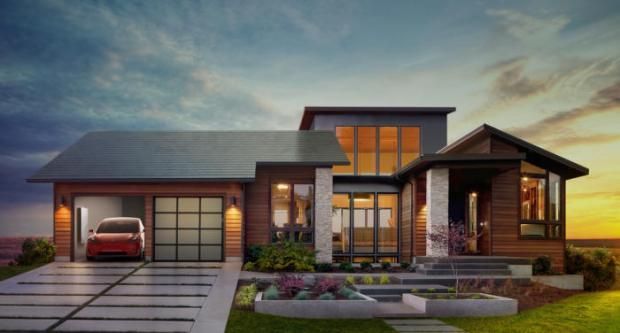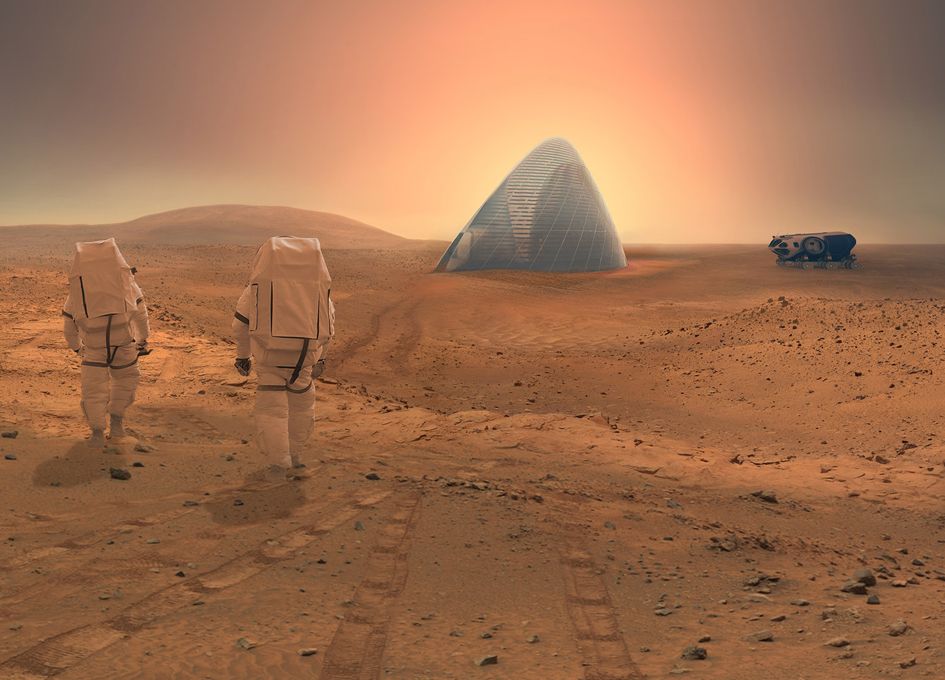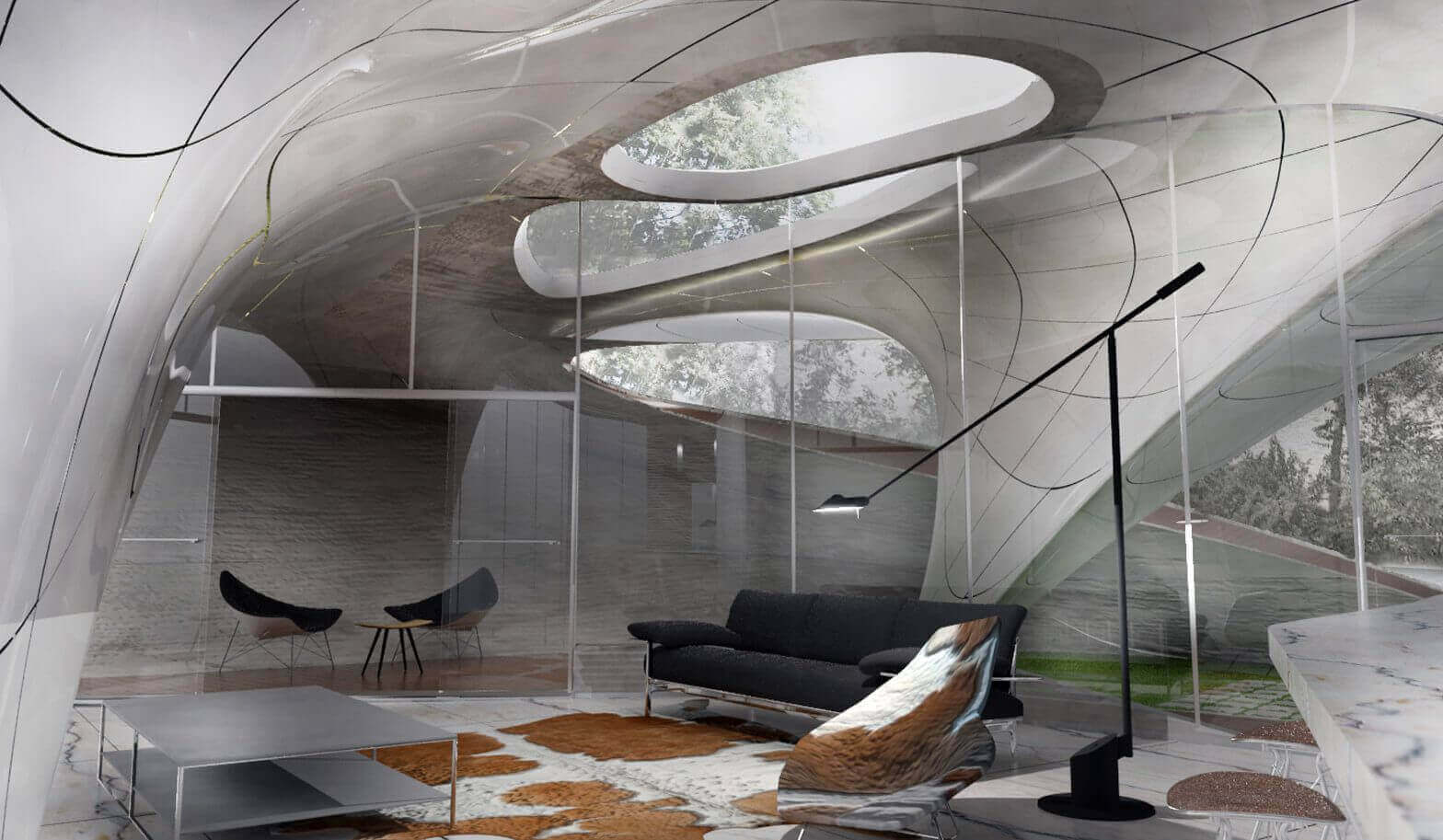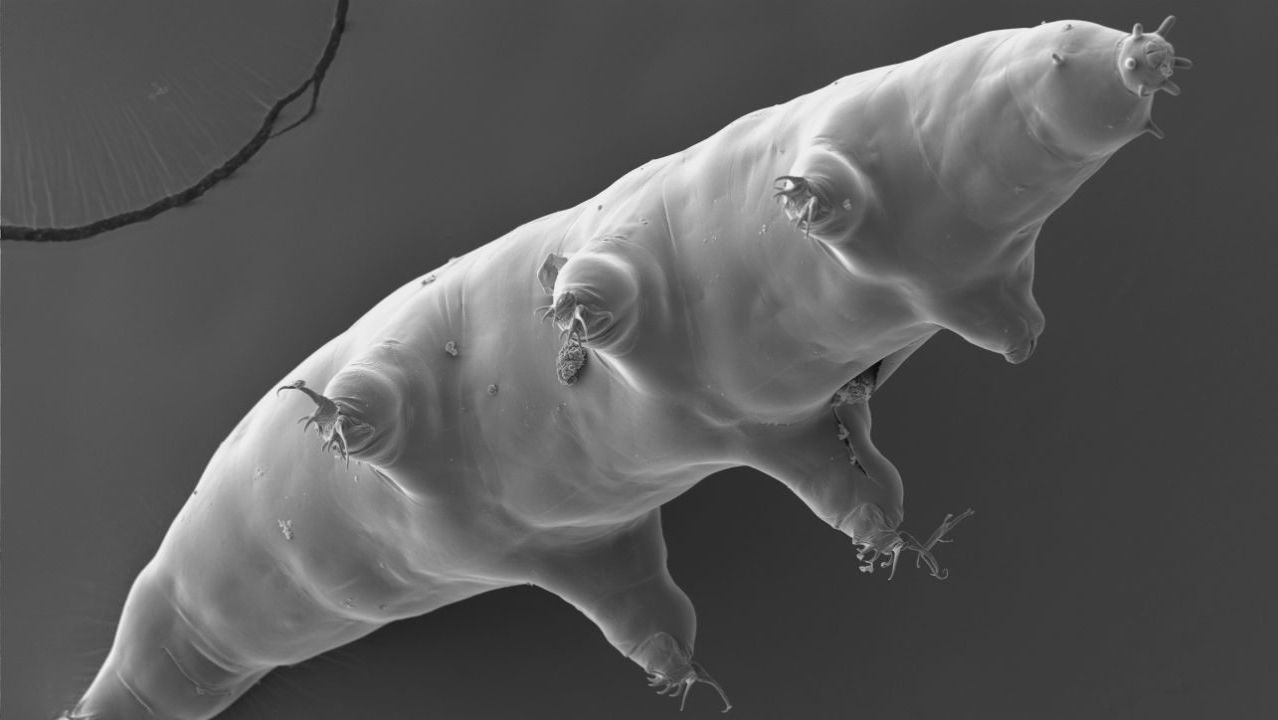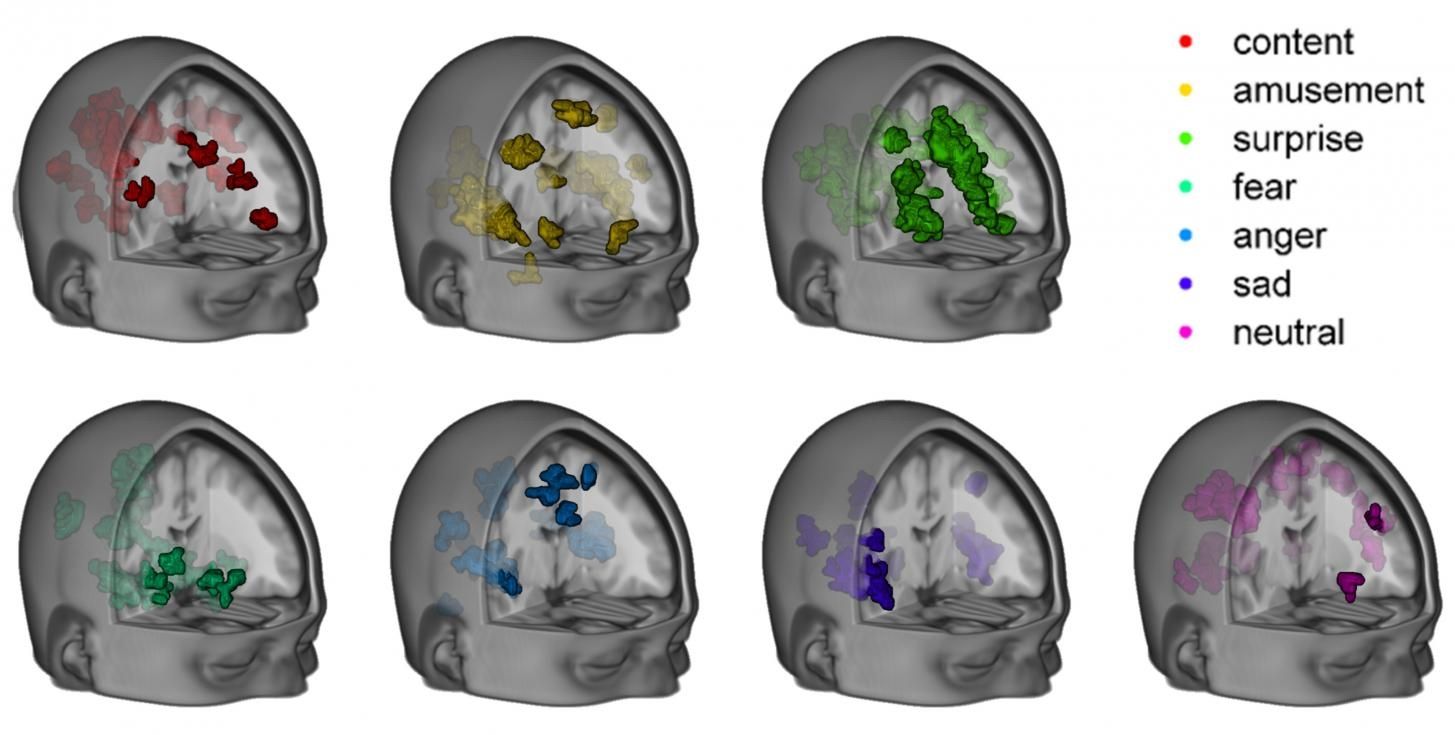WASHINGTON (AP) — President Barack Obama sought Tuesday to reinvigorate his call for the U.S. to send humans to Mars by the 2030s, showcasing budding partnerships between the U.S. government and commercial companies to develop spacecraft capable of carrying out the extraterrestrial mission.
Obama was calling attention to government contracts awarded to six companies to build prototypes for “habitats” that could sustain human life in deep space. He also said that within two years, private companies will send astronauts to the International Space Station, part of a program to allow companies to use an open docking port on the station to develop their own innovations.
“These missions will teach us how humans can live far from Earth, something we’ll need for the long journey to Mars,” Obama wrote in an op-ed on CNN’s website. He said the ultimate goal is for humans eventually to stay on the red planet “for an extended time.”
